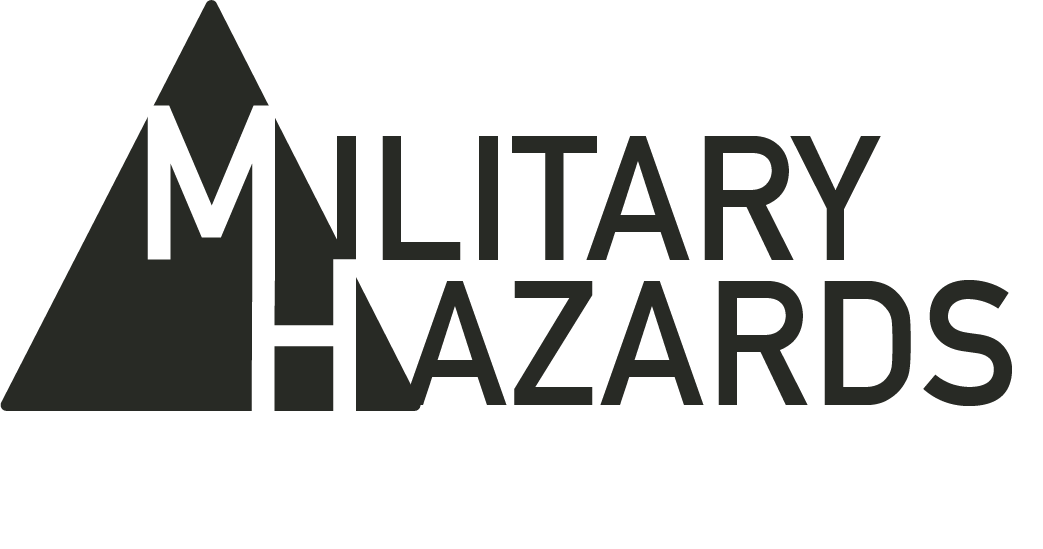Contact Our Legal Partner
"*" indicates required fields

For a long time, burn pits have been a common way for the military to dispose of the waste that is generated by their operations. Burn pits are large pits wherein a variety of materials, including plastic, metal, and rubber are burned. During times of war, the practice of using burn pits has been widespread, particularly in Iraq and Afghanistan. However, the use of burn pits has been linked to a range of health problems for military personnel along with the local populations that are within proximity to the damage they cause.
Among the main concerns associated with burn pits is the release of toxic chemicals and substances into the air. It should come as no surprise that when these sorts of materials are burned, they release a range of harmful chemicals, including carbon monoxide, dioxins, and volatile organic compounds. Additionally, disposing of waste in this way releases these chemicals in extremely high volumes. Exposure to these residual chemicals and substances can cause a range of short-term and long-term health complications.

Short-Term Health Effects:
Some short-term health risks associated with burn pits include, but are not limited to:
- Respiratory problems
- Skin irritation
- Eye irritation
- Nasal irritation
- Throat irritation
- Nausea
- Headaches
Notably, the inhalation of toxic fumes from burn pits can cause difficulty breathing, coughing, and wheezing. Skin and eye irritation often result from exposure to smoke and other pollutants emitted from these pits.
Long-Term Health Risks:
The long-term health risks associated with burn pits, however, are more concerning. Many studies have shown that exposure to burn pits can increase the risk of developing a range of chronic health problems. Some of these problems include:
- Cancer
- Neurological disorders
- Respiratory diseases
- Liver problems
- Kidney problems
- Cardiovascular complications
- Damage to the reproductive system
- Gastrointestinal issues
Such exposure to the residual toxic chemicals and substances from burn pits can, therefore, cause a multitude of health problems. It should also be said that these problems are not just limited to military personnel either. Rather, local populations living next to or near burn pits are also at risk of exposure to those toxic chemicals and substances released from the burning waste. Indeed, the fumes and ash from burn pits can travel long distances, and have the potential of affecting enormous populations of people.
Protection and Mitigation:
In order to reduce the risk of exposure to burn pits, there are a number of steps that military personnel should take. The first step is to avoid exposure to the smoke and fumes that are emitted from burn pits whenever possible. And, even when the smoke and fumes can be avoided, it is still advisable for military personnel to utilize appropriate personal protective equipment (PPE), to further reduce their exposure to toxic substances.
Another important step to reduce the risk of exposure is to, whenever possible, reduce the amount of waste that is burned at any given time. I should not go unsaid that either that the military should adopt alternative waste management strategies, such as recycling and composting, to reduce the amount of waste that is burned.Because of the hazards associated with burn pits, they should only be used as a last resort.
Lastly, it is important to monitor the health of military personnel who have been exposed to burn pits. Military personnel who have been exposed should be regularly screened for respiratory problems, neurological disorders, and other chronic health problems associated with this sort of exposure to toxic chemicals and substances.
Burn pits have long been a common way for the military to dispose of waste generated from their operations. However, they have been linked to a range of health problems for both military personnel and local populations. Still, the short and long-term health risks associated with this practice can be avoided, or at the very least reduced when proper safety precautions and practices are taken. For all of these reasons, avoiding exposure to the smoke and fumes produced by burning waste should be taken seriously and employed with extreme caution.
